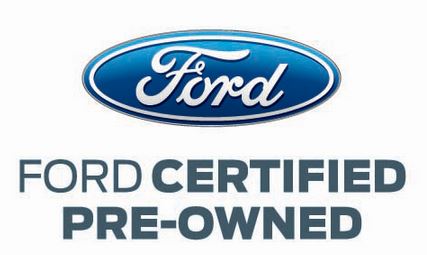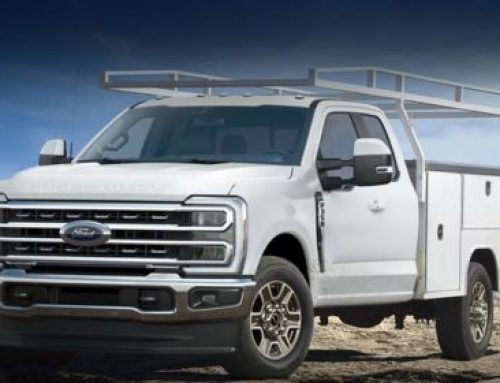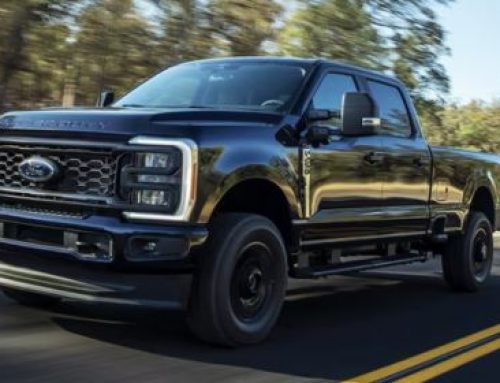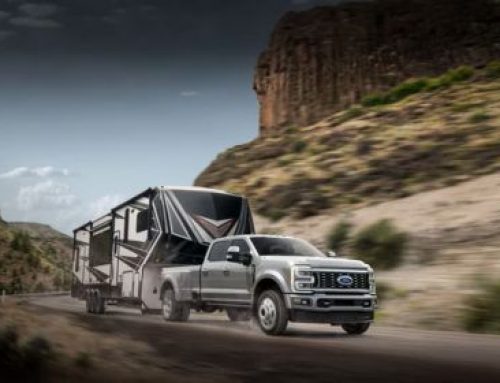We’ve always felt it was right to share tips that may help out potential newcomers to the Ford family. Given the recent pandemic events that have put a strain on car manufacturing, it’s no surprise that used vehicles are at the top of many buyer’s lists right now. Buying a used car instead can save you a significant amount of money and is, in many cases, a more sound financial decision than buying a new car. With that being said, it’s important to proceed with caution when buying a used car. There are many things you should consider before you buy a used car to make sure that the car you’re buying is in good, safe condition before you make it yours for good. If you’re in the market for a used car or are considering buying a used car over a new model, read these 5 things to check before you buy a pre-owned Ford.
-
Take a Look Under the Hood
It is very important to take a look under the hood of a pre-owned Ford or any car before you buy it. A car’s engine—which is arguably its most important component and certainly one of the most expensive to replace—and many other of its important internal components are located underneath its hood.
If you’re thinking that looking under the hood of a used car is pointless because you won’t be able to tell whether or not all of the under-hood parts are in working order just by looking at them, don’t worry. You don’t have to be a car expert to be able to make sure everything under a car’s hood is in good condition—with a little bit of studying first. There are several specific things you should look out for when checking underneath the hood of a car you’re considering buying.
When you’re looking under the hood of a pre-owned Ford, or any used car for that matter, check for any fluid leaks and visible corrosion. Neither are good signs. Cracked hoses and belts are also important to look out for, although they can be a little more difficult for novices to notice.
Also, don’t forget to check the oil and transmission fluid compartments—which are also located under a car’s hood—for any discoloration, which can be a sign of bigger problems. Oil and transmission fluid that is in good condition and not discolored should be light brown and pink-reddish, respectively.
-
Inspect the Tires
The tires of a used car are another important thing to check before you buy. A new set of tires—and even just one or two new tires—is very expensive, so it’s important to make sure the tires on any used car you’re considering buying are still in good, safe condition before making your purchase. Plus, a car’s tires can also show telltale signs of other internal problems which can be even more expensive to repair.
It is most important to check the tread of each tire on a used car before buying the car. If the tread looks unevenly worn on different tires, that is a warning sign of problems with the car’s steering and/or suspension.
It is also a good idea to measure the depth of each tire’s tread to get a more accurate sense of how worn the tread is and determine whether or not the car’s tires are still in safe and drivable condition. The tread of new tires should measure between 10/32 and 11/32 of an inch, and the tread of used tires that are still in good condition should measure at least 4/32 of an inch.
-
Glance at the Mileage
High mileage can significantly lower the value of any used car, so it’s important to check a used car’s mileage before you buy it. When you inspect a used car, take a glance at its odometer.
Ideally, a driver should rack up between 12,000 and 13,000 miles per year. For example, if a used car is 10 years old, it should have no more than 130,000 miles logged on it. Driving too many miles on a car in a short period of time can significantly reduce the car’s value and lifespan, so it’s a good idea to weigh a used car’s mileage against its age before making your purchase.
-
Don’t Forget the Frame
When you inspect a used car, pay close attention to the appearance of its frame. Is it rusted in any areas? Is anything hanging down from the car’s undercarriage? Does the car sit evenly on the ground or does it appear slightly off-balance?
Visible frame issues might not bother you too much, but they are oftentimes by-products of more serious internal issues that can be difficult and expensive to diagnose and repair so they are important to look out for.
-
Take it for a Test Drive
A good rule of thumb to remember is that if you don’t have the opportunity to test drive a used car, you shouldn’t buy it. Before buying a pre-owned Ford vehicle, it is very important to test drive any used car you’re considering buying before you make your purchase.
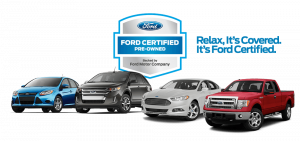
Certified-Pre-Owned-Ford
Without test driving a car, you won’t be able to gain an accurate understanding of how the car drives and operates. When you do test drive a car, don’t just judge based on how it feels to drive the vehicle. Pay close attention to the car’s acceleration and braking and how easy it is to control and maneuver the car. Also, make sure to take the car on the freeway during your test drive to test how it performs at higher speeds.
It’s important to remember to check these 5 things before you buy a pre-owned Ford vehicle. Doing so can help you determine the real condition of a car before you buy it, and can, therefore, save you a lot of stress and money throughout your ownership of that car.
We hope these tips will help you when you’re in the market to buy a used car. For more info, contact us for deals on pre-owned Ford inventory!

